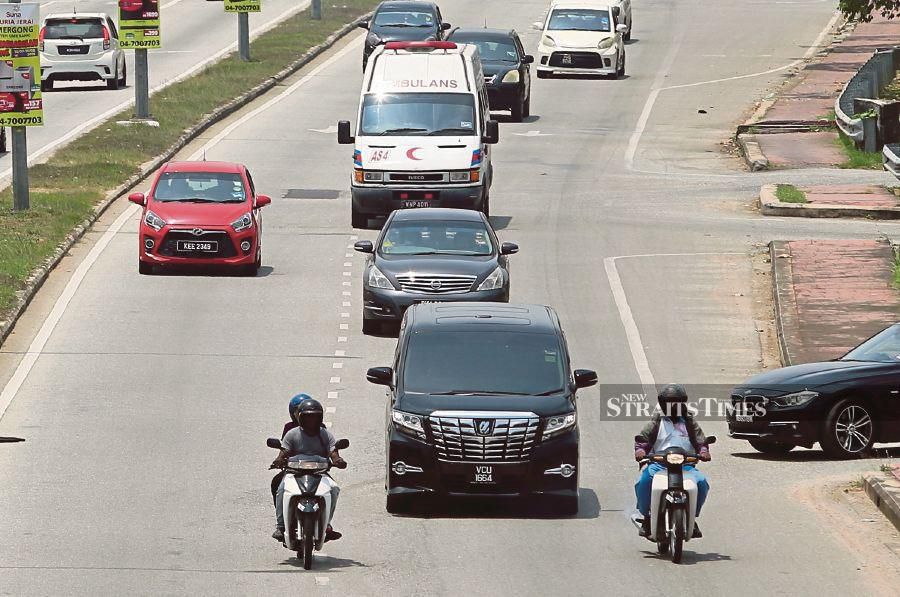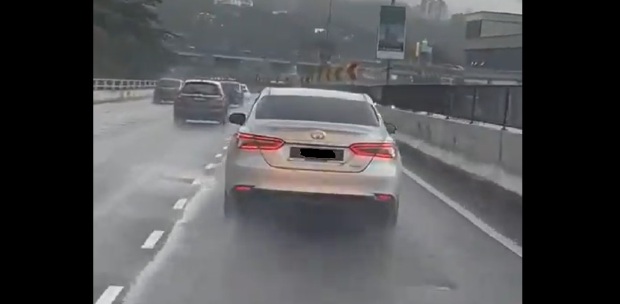KUALA LUMPUR: Experts believe that ambulance drivers should be given specialised training on how to perceive and handle hazards on the road, which could prevent accidents from occurring.
Traffic engineering specialist Dr Law Teik Hua said the Health Ministry as well as hospitals should come up with a special training module for ambulance drivers.
“Currently, there are no special modules for the drivers. They undergo the same process we all do when sitting for our driver’s licence examinations.
“When they drive at a higher speed, they are unable to perceive whether or not a hazard exists. This is not something which can be acquired automatically but only through additional training.
“With traffic conditions becoming increasingly challenging, this training is vital so that we do not lose any more lives,” he told the New Straits Times.
Law said ambulance drivers should also undergo defensive driving training modules.
He believed that there should be greater enforcement of punishment when accidents occur between ambulances and regular motorists as a result of negligence on either part.
“Motorists are aware of what should be done on the road when an ambulance is coming through, while ambulance drivers are also aware on how they should conduct themselves. Enforcement is paramount here.
“The authorities can consider making it mandatory for all ambulances to be fitted with closed-circuit cameras and dash-cams,” he said.
Professor Dr Wong Shaw Voon, who is Universiti Putra Malaysia’s head of vehicle, engineering and mobility, said ambulances were designed, engineered and built with constraints and limitations.
“For example, tyres are designed to carry a certain load or weight, with specific tyre pressure and certain speeds. If you change its limit, say an excess load is applied, can we still expect the tyres to perform as expected?
“These vehicles, their tyres, braking system, structure, medical equipment and setup are not designed to withstand impact at extraordinary speed.”
He said ambulance drivers, as such, should always bear in mind that staying safe was their priority instead of merely speeding. He said at the same time, motorists needed to cooperate by giving way to ambulances.
“I believe it’s important to be safe in order to save lives. At the same time, others should cooperate and allow the ambulance to ferry its passengers in a speedy yet safe manner.”






